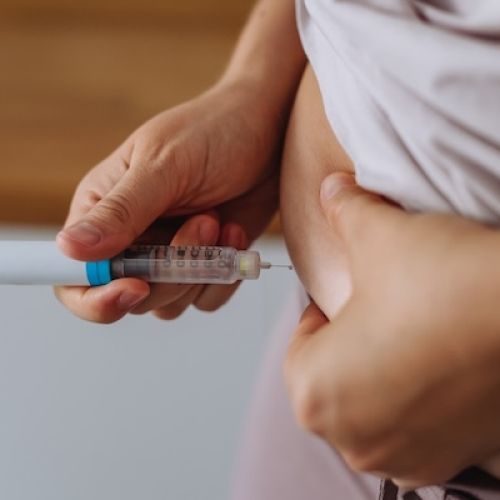Learn More About IVF and if It’s Right for You

Being unable to naturally and easily conceive a child so you can start the family you’ve always wanted is a painful and often complicated experience. There is a lot of trying, a lot of dead ends, and a feeling that your situation is unfair. And that’s just for heterosexual couples. LGBTQ couples face their own challenges when pursuing their desire of having a biological child. The good news is medical advancements have come such a long way that more and more couples (and individuals) are finding that there are options available to them that can help during this difficult process. Many of the conditions that make conception difficult can be circumvented with the right kind of fertility treatment.
Because there are entire clinics dedicated to fertility and there are so many treatments offered, it can be dizzying trying to figure out what procedure would be best for you. The short answer is only a doctor can tell you that, though you can do research on your own. Only a doctor can give you the full evaluation required to determine where in the process you are having your difficulty and what treatment course would be right for your situation. However, supplying yourself with the facts is helpful and that’s why you should learn more about the most popular fertility treatment that has been refined and used for years: in vitro fertilization.
What does the process look like?
When you visit a fertility center and it is determined by your doctor that in vitro fertilization is for you, you should expect a multi-step process that takes some time to complete. What essentially happens is the natural process of conception gets bypassed via the laboratory in order to avoid some of the common medical reasons in the process where there could be difficulty or complications.
Once the treatment begins, there will be a period of the woman taking hormones so that there is a stimulation effect in her ovaries. The goal during this initial part of the treatment is to encourage the ovaries to produce several eggs. This part generally takes about a week with nine days being the expectation. A simple outpatient procedure will be performed next that will remove the mature eggs from the woman for the next phase. Twilight anesthesia will be administered for this.
The actual fertilization takes place in the laboratory. Sperm from the woman’s partner or a donor is mixed with the eggs until a successful incubation occurs. With this new viable embryo ready, another procedure will take place where it is placed directly into the uterus so it can attach to the uterine walls and begin the process of a regular pregnancy.
Why is it used?
In vitro fertilization in combination with embryo transfer is the most commonly used fertility treatment for couples experiencing difficulty conceiving and for same sex couples. There are numerous complications that IVF is used to circumvent. Some of the common reasons that effect many women, especially in their 30s and 40s, include endometriosis, uterine fibroids, and premature ovarian failure. There are also issues related to the male that IVF is used to circumvent, particularly impaired sperm function. If this is determined to be the reason, the male will certainly want to investigate the cause of this further to eliminate the possibility of underlying health issues.
In the instance of a same sex couple trying to have a biological child, the reason for opting for IVF is rather obvious. The combination of donors and gestational surrogates will obviously be different depending on each individual scenario, but it’s the most clear and effective way to ensure a pregnancy occurs using the genetics of one of the biological parents.
What to expect
When it comes to medical care, and fertility treatments in particular, it’s important to be realistic and to temper one’s expectations. There are no guarantees, though technology has advanced to such a degree that success rates are always increasing. For now, in vitro fertilization has about a 40% success rate per-cycle. However, it’s important to keep in mind that in relative terms, the success rate is high when you consider there is only about a 15-20% chance of naturally conceiving during a month for the typical young and fertile couple. Don’t let percentages dissuade you. IVF is your best chance if a medical condition is currently leaving you unable to naturally conceive.
Conclusion
If you have been having difficulty conceiving or you’re ready to start a family and need help, it’s time to speak with a medical professional that specializes in fertility issues. Contact us today. Dr. Eliran Mor and the team at California Center for Reproductive Health is here to help you through the entire process with courtesy and professionalism. Get help finding your happiness today.




